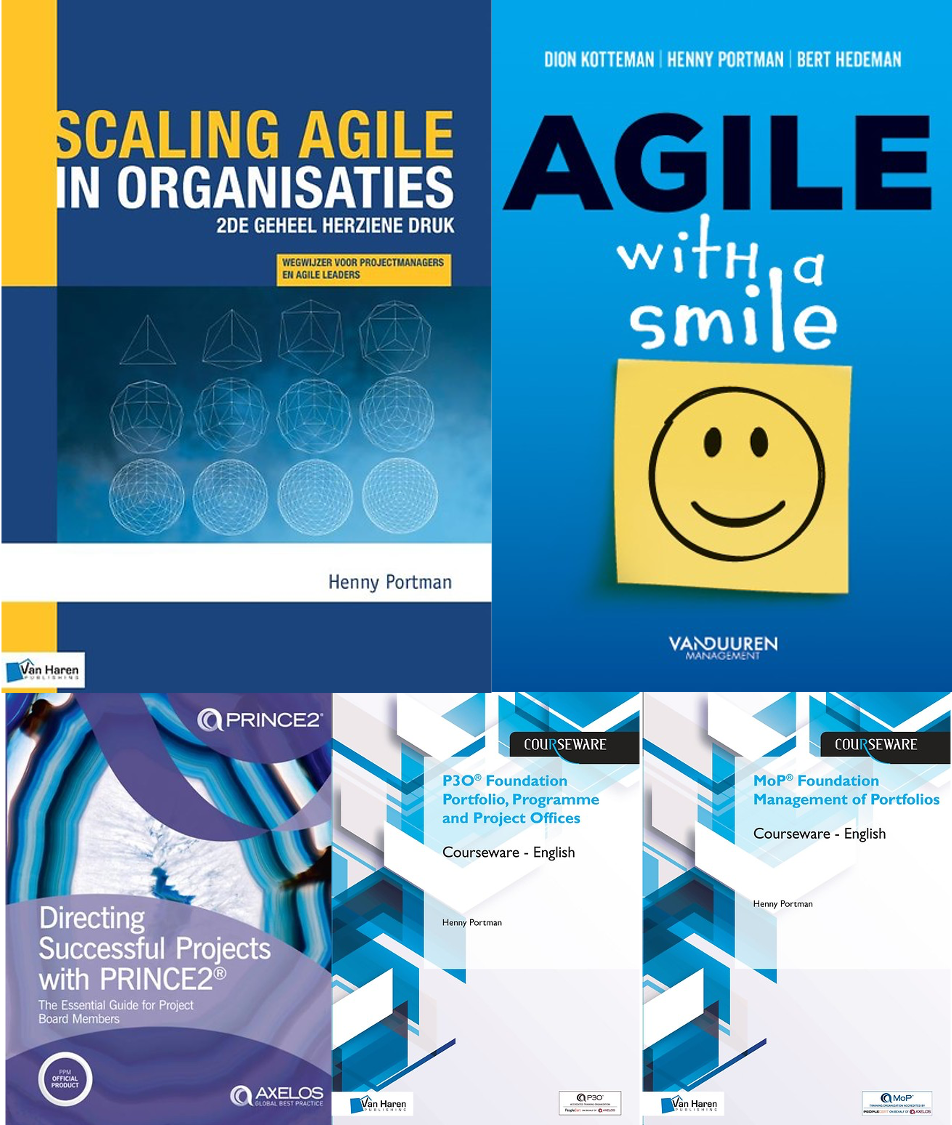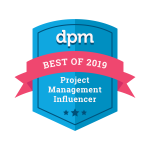 Friday September 13, I was one of the 40 participants of the second Agile NXT Future Friday conference organized by Xebia in Hilversum, the Netherlands.
Friday September 13, I was one of the 40 participants of the second Agile NXT Future Friday conference organized by Xebia in Hilversum, the Netherlands.
It was, similar as the first AGILE NXT Future Friday, perfectly organized, interesting topics, great food, and enough time to network. Four 1.5-hour lively sessions with 20 participants each to facilitate discussion and the final keynote speaker.
The first session Freedom by Restraint: Improving Autonomous Team Performance with boundaries by Riët Broekhuizen gave interesting insights in the four stages of autonomy (self-organizing – operational, self-developing – tactical/operational, self-directing – tactical/strategic and self-initiating – strategic). We started by defining (per table) autonomy. We followed the five steps to build an individual team framework.  Describe for each team if the can decide on corporate identity, workplace, product and/or technology & methods. Look at the maturity of each team (entrepreneurship, resilience, purpose driven, creative, ownership and transparency) and build the individual team framework. Clear frameworks can dramatically improve autonomous team performance. Further reading: De High Performance Organisatie, deel 1 – Leiderschap, strategie, beleid & cultuur by Jan-Dirk den Breejen.
Describe for each team if the can decide on corporate identity, workplace, product and/or technology & methods. Look at the maturity of each team (entrepreneurship, resilience, purpose driven, creative, ownership and transparency) and build the individual team framework. Clear frameworks can dramatically improve autonomous team performance. Further reading: De High Performance Organisatie, deel 1 – Leiderschap, strategie, beleid & cultuur by Jan-Dirk den Breejen.
The second session Leadership agility, it’s time to remove the performance roadblocks by Rik de Groot started with a small table discussion regarding roadblocks. As a next step Rik discussed his top 10 of roadblocks and the rationale behind these roadblocks:
- Conways law
- A tenuous link between strategy and day-to-day behaviors
- The idiosyncratic rater effect
- Avoiding difficult conversations
- Lack of hope
- Lack of regular constructive meaningful feedback
- No respect for individuals and the job they do
- Missing human support
- Lack of praise and acknowledgement
- Value and behaviors mismatch
Based on a real-life case we discussed roadblocks and which micro interventions could make sense using a table with many micro behaviors (leading, supporting, sounding, change-oriented, collaborative, liberate and evaluate results).
The Responsive Organization
Further reading:
- Agile – A pocket guide for responsive organizations, by Theo Gerrits, Rik de Groot, Jeroen Venneman
- Brave new work by Aaron Dignan
- De meeste mensen deugen – Een nieuwe geschiedenis van de mens by Rutger Bregman
The third session Measure the impact of coaching – using methods from data science by Pieter Rijken was a tough one. He started with a view on soccer coaches. How is it possible that after 5 matches the first coaches are already fired and if you look at the results, they are not that different in comparison with the fired coach. If you take an intervention you need to compare against a baseline e.g. no coaching, no intervention and ask if the result is worse, similar or better. Perhaps the results are even worse, and no one notices, or the coaching works and the organization concludes it doesn’t. Rik explained that for scrum teams a simple measurement is the delivery rate (and you probably already have the data). If you plot this data, you find a Poisson distribution (under the assumption that the team is independent, and the delivery rate is constant). By using methods from data science, you can find jumps and, as a coach or scrum master, you could ask what happened, which intervention did I made that could justify the jump et cetera. Rik finished his session with some take a ways (e.g. be patient, beware of time delays in interventions, simple to use measures: delivery rate, support coaches in learning which interventions are effective, and which are not).
Further reading:
- The Failure of Risk Management – Why It′s Broken and How to Fix It by Douglas W. Hubbard
- How to Measure Anything – Finding the Value of Intangibles in Business, by Douglas W. Hubbard
- How to Measure Anything Workbook, by Douglas W. Hubbard
In the fourth session Agile Performance Management – next level by Theo Gerrits insights and practical knowledge how to optimize efficiency and measuring the value of agile was in the spotlights. What to measure was discussed in groups by using the following general steps:
- What is value in your organization (value: customer, business, knowledge, risk, laws & regulations, public image)?
- Understand your value chain (value stream mapping, organize around value streams, avoid “silo’s”
- Which possibilities to monitor value creation?
- Choose viable metrics. Keep it simple and seek balance (max 3-4 metrics)
- Have an opinion and take action always (performance dialogs). If you are satisfied with the measurements: what should you do to maintain them. If you are not satisfied: what could be the (root) cause/reason, what solutions, choose and watch out what happens.

Agile Performance Management is similar with regular meaningful conversations while responding to changes. Further reading: Succeeding With Agile: Software Development Using Scrum by Mike Cohn
 During the last session of the day, the Keynote, Maarten van der Weijden gave his personal story about his illness, his relationship with his father, the way towards his golden Olympic medal and the two swim eleven-cities tours to raise money for cancer charities. He spoke with passion about the value of metrics in delivering top performance, personal leadership and innovation. Further reading: Beter Maarten van der Weijden.
During the last session of the day, the Keynote, Maarten van der Weijden gave his personal story about his illness, his relationship with his father, the way towards his golden Olympic medal and the two swim eleven-cities tours to raise money for cancer charities. He spoke with passion about the value of metrics in delivering top performance, personal leadership and innovation. Further reading: Beter Maarten van der Weijden.
On the way out everybody received a tapeline as a token of appreciation for attending this session about Agile performance management: Measure what matters. This second future Friday was again a success with new insights, new thoughts and new contacts. I recommend this event when you want to take the next step in your Agile journey. The content is next level and you can bring it the next day into practice.
I am looking forward to the next AGILE NXT Future Friday, November 22, 2019.






















Hi, thanks for sharing it is very informative content.
Performance Management Software in Qatar
Performance Management Services in Qatar
thanks for sharing
Performance Management Solution in Qatar
Performance Management Services in Qatar
Performance Management Software in Qatar